MASS Meeting Notes for March 29, 2019
We had a good turnout for our 60th meeting with Dean, Phil, Harry, Keith, Silvio, Dave and myself. With so many of the old-timers present, we had to pose for a quick photo in front of the TV with my new presentation software Google Slides showing Starman heading out to an orbit beyond Mars in his red Tesla.
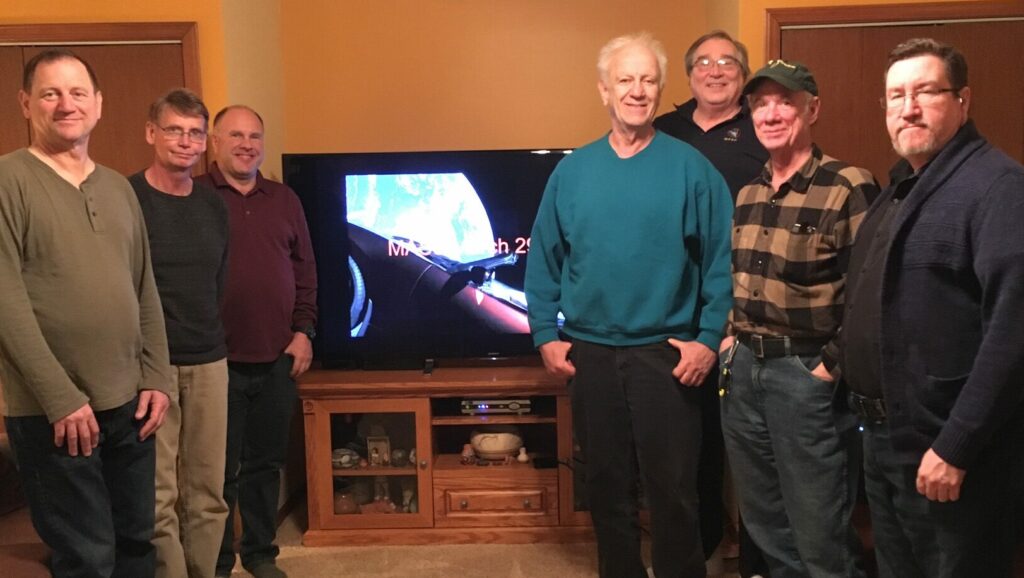


I showed the group my new set of 5 Osiris-Rex coins. They were part of the package when I helped “Kickstarter” Dante Lauretta’s, the chief scientist for the probe to the asteroid Bennu, new game called “Downlink”. The game should be coming this Summer and I hope I can convince some of the members to play and see if it lives up to its billing of “planetary discovery with solar system exploration with rockets and space probes”. Before we left Osiris-Rex and Bennu we watched a quick video explaining why NASA chose this asteroid. We also looked at some close-up pictures of Bennu. It is turning out to be a much more rocky asteroid than anticipated. This could lead to some difficulty with the sample collection device which uses compressed gas to suck up to 2 kg of the regolith. Bennu is also giving off spurts of rocks which was not anticipated. Even with only 1/200,000th of Earth’s gravity, scientists think most of these rocks will fall back to the surface. Bennu is the smallest body to ever be orbited. The probe is currently in a 10 mile high orbit. Although some of the pictures make Bennu look light colored, it actually is as dark as fresh asphalt. We’ll have to wait until September, 2023 for the sample return capsule to land in the south western states.
Next we discussed who had seen the Super Blood Wolf Moon eclipse on Sunday night, January 20, 2019. Carol and I had watched it progress until the eclipse peaked at about 11:30 PM. Many people now record a video of the eclipse and they recorded a lunar meteor hit in the shaded section of the moon. The impacting object is estimated to be the size of a football according to Sky & Telescope magazine.
Speaking of impacts, the Earth had its second largest air burst this century from a meteor on December 18, 2018 and no one noticed. We seem to be lucky that none of these have gone off over any large cities. The object was estimated to be 10 meters (33 ft) in diameter and exploded about 16 miles high with the energy of 173 kilotons (kt) of TNT (10 times the Hiroshima bomb). It was 1500 tons in initial weight and traveling at 71,600 mph. The energy compares to 440 kt for the recent Chelyabinsk explosion in February 2013 from a 20 meter (65 ft) object or the 1908 Tunguska event that leveled 800 square miles of forest. The last object is estimated to have been 40 meter (130 ft) in size and had 185 times the energy of the Hiroshima bomb. It seems like Russia is getting targeted by these meteors but if you look at the size of the country you see why it is likely to see many of the events. Scott Manley, one of my favorite online content creators, did a informative 7 minutes video on the Bering Sea meteor.

We also discussed that Mark Kelly, the identical twin of Scott Kelly, is running for the Senate seat from Arizona. He thinks the Space Force from the Trump administration is a dumb idea. Why establish another bureaucracy with a new branch of the military when the Air Force is doing a good job of it now. The Navy didn’t split when they established submarines to compliment their surface ships. I’m all for another politician that has a good knowledge of science and space matters and wish Mark best of luck in his quest.
I’ve been attending quite a few astronomy lectures at College of DuPage (COD) recently. Just this last Friday I got to hear Shane Larson give a talk titled “Songs from the Stellar Graveyard” about gravitational waves. Dr. Larson is involved with LIGO the two ground based detectors in the United States and also the LISA proposed detector that will be space based with 3 probes separated by 5 million km. LISA with its million times longer arms than LIGO will be able to hear gravitational waves of merging super massive black holes at the center of galaxies. LIGO has just been turned back on April 1 after undergoing a sensitivity enhancement. It can detect a change in the length of its 4 km arms of 1/10,000th the width of a proton. Now you know why Einstein never thought we would be able to detect gravitational waves. The number of detected black hole mergers is up to 11 and one neutron star merger has been seen. Black hole mergers give off very little detectable light except a few gamma rays. Scientists are very excited about the neutron star merger because they were able to detect the event in numerous telescopes. Looking a various types of light helps to correlate the gravity wave information. Some of the LIGO events where also detected with an instrument called VIRGO in Italy. Triangulation with the 3 detectors helps to narrow down where the event occurred in the sky.
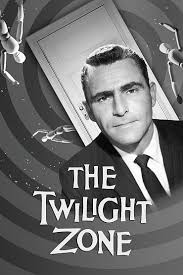
Besides finishing a couple of Internet courses from coursera.org (“Manned Spaceflight” from the University of Houston & “Astro 101 Black Holes” from the University of Alberta Canada), I’ve signed up for a 4 week course at COD called “Twilight Zone: Tropes and Tales”. I’m proud to say I’ve watched all 156 episodes from 5 seasons (1959-1964) of the TV programs since the first of the year.

I also tried to paraphase a talk by Dr. Gerald P. Jackson that I heard at the latest CSSS meeting in Schaumburg on March 24, 2019. Dr. Jackson gave a amazingly detailed description of a probe that could achieve 10% the speed of light. It would use anti-hydrogen atoms shot at a depleted uranium cone. It would take advantage of the 100% efficiency of anti-matter combining with matter as well as fissioning of the uranium nuclei. Dr. Jackson knows there needs to be a tremendous amount of engineering to accomplish his interstellar probe but hopes that it could be achieved by July 20, 2069, the 100 year anniversary of the Apollo 11 landing on the moon. NASA has a goal by that date of sending a probe to the nearest known earth-like planet. Dr. Jackson does not think the StarShot project which hopes to send a micro-satellite to another star using powerful lasers will work. He feels the tiny satellite will get fried by impacting hydrogen atoms along its path. Because Starshot can’t slow down like his anti-matter probe will be able to, it would only be able to study its destination for 7 seconds as it zooms past its target. Not a very useful encounter for Starshot even if it did survive.
and Nick Hague is second from right
The next general topic we discussed was the cancellation of the first all-female space walk on the ISS. Apparently Anne McClain who had done a space walk the week before wasn’t comfortable in the large suit she had used so she wanted to switch to a medium size one. Unfortunately, only 1 of the medium suits on orbit was currently configured to do a space walk. So she deferred to Christina Koch to use the medium suit and Nick Hague to use the large suit. That way a week of suit re-configuration would not delay the space walk that was replacing batteries on the ISS.
I’ve recently got hooked on several space and astronomy YouTube content providers. The first is The EveryDay Astronaut, Tim Dodd. Here is a sample of his content with an in-depth 30 minute comparison of the Commercial Crew Vehicles Crew Dragon from SpaceX and Starliner from Boeing. Next is Scott Manley, who shows great knowledge of space and rocket topics. Here is a 9 minute segment of his talking about the proposed Von Braun Space Station. Another is Joe Scott who shows a lot of good knowledge about many topics. Here is a 20 minute segment about the Rare Earth Hypothesis. Finally, the TMRO group has revamped their weekly space and astronomy program and labeled it “Space News”. Here is the 15 minute 2/21/19 edition that talks about NASA’s lunar plans, the Opportunity Mars rover which stopped communicating last June due to a dust storm and the Sun weather report. I try to check each weekend to see what content they have posted. Their visuals are usually better than most published articles on the Internet.
We also discussed who had seen the new Apollo 11 documentary. Dean got to see it in IMAX and recommended that people see it on the largest screen possible. I saw it at the local theater and was impressed with the quality of the historical footage. It was amazing the row after row of shirt sleeved men monitoring their consoles and the number of paper strip chart recorders recording all the Saturn 5 and Apollo capsule parameters. I enjoyed the movie even though it was totally based on historical footage and recommend it to anyone as good viewing in this 50th year of the Apollo 11 landing.
Next up was the latest uncrewed test, DM-1, of the crewed Dragon capsule from SpaceX. The capsule successfully launched on top of a Falcon9 rocket, docked to the ISS and then undocked and splashed down in the Atlantic. The undocking video ends with a lot of cute pictures of Ziggy, the little stuffed earth toy that was used as the zero gravity detector on the Dragon capsule. Ziggy comes from a line of stuffed toys from Celestial Buddies. I heard the “earth” was sold out after the publicity from this mission but sun, moon and the other planets including Pluto were available. If you watched the videos you also get to see Ripley the named anthropomorphic test device ( aka “dummy”) that rode up on Dragon. With this successful mission it looks like SpaceX will beat Boeing in launching astronauts from American soil. SpaceX will refurbish this Dragon capsule that just landed and perform an in-flight abort test in June of this year. An in-flight abort test is using the Super-Draco thrusters to blast the capsule away from an accelerating Falcon9 rocket going through maximum dynamic pressure. That will be followed by their crewed Dragon mission now set for July 2019.
Boeing surprisingly has announced another 3-4 month slip in the manned Starliner test missions. A pad abort test of Starliner on a decommissioned PeaceKeeper missile is scheduled for the summer at the White Sands Missile Range. Then an uncrewed test is planned for Aug 17, 2019. Their crewed test is set for November 2019. It’s amazing that Boeing got $4.2 billion for the first 6 missions of their Starliner capsule to the ISS and SpaceX only got $2.6 billion for their first 6 missions of crewed Dragon. The extra money was justified by NASA’s feeling that Boeing had a higher probability of holding to their schedule. Now it looks like SpaceX did the better job of holding to the mission schedule.
As far as the MASS prize for the date when American astronauts launch from America soil and retrieve the flag left on the ISS by the last space shuttle, it looks like Sophia will win. Her guess of Jan 7, 2020 was 11 months later than Harry’s second most pessimistic guess of Dec 4, 2018. Starting June 22, 2019 her guess will be the closest and with SpaceX not flying crew until late July at the earliest, I think she is almost certain to win. We’ve been making these guesses since July 2011 and I’m just hoping the crewed launch happens as soon as possible.
One interesting fact is Boeing will be landing Starliner with air bags on land in the western US. SpaceX was going to land crewed Dragon with the Super Draco thrusters also on land but NASA wasn’t so sure of the safety of this method. SpaceX decided rather than risk the delay of certifying the thruster landings they would just continue the cargo Dragon procedure of splash downs. Because SpaceX is going to reuse the crewed Dragon capsules for later cargo missions, it would be so cool if they get the ok to land one of the cargo missions with the thrusters. It would be a very Buck Rodgers moment to see the Dragon land that way. It would be right up there in the “coolness” factor with the dual landing of the side cores after the Falcon Heavy launch.
Next we discussed the New Horizons probe encounter with Kuiper Belt Object, Ultima Thule. Ultima Thule is latin for “that which is beyond the known world” and is a billion miles farther then the dwarf planet Pluto. Alan Stern, the principal investigator for New Horizons, did a great job in summarizing the discoveries so far in this SETI Institute talk (watch it for 10 minutes starting at the 2:30 mark). He describes how Ultima Thule is a 20 km long, double lobed contact binary object. It looks like a reddish snowman, except the lobes are squashed rather than totally round. Ultima is the name for the larger pancake and Thule is the smaller one.
New Horizons is also the first mission I know that has gotten its own song. Brian May, who used to be the lead guitarist for Queen, went on to earn a PhD in astrophysics and is one of the mission scientists. He put his old creative juices to work and composed this tune about New Horizons.
We closed the meeting with a short video by the Chinese mission, Chang’e 4, which landed on the far side of the moon in the Von Karman crater. The lunar far side is very different than the side we see from Earth. It almost totally lacks any of the dark maria lava flows. Once the lander was on the surface it deployed the Yutu 2 rover. China has performed the last two lunar landings. This time they had to put a lunar orbiting satellite in the far L2 Lagrange point so that it could constantly communicate with the lander. Both of China’s landers have had small Yutu rovers. The Chang’e 3 mission landed on Dec 14, 2013 and was the first lunar landing in 37 years. Chang’e is the Chinese moon goddess. They have plans for a Chang’e 5 mission which will dig 2 meters down and grab a 2 kg sample from the Rumker region on the lunar near side. The sample probe will then blast off the moon and dock with an orbiter that will return the sample to earth.
The US, Russia and China may soon be joined by Israel as countries that have landed on the moon. One of the old Lunar X Prize contestants, SpaceIL, is planning to land their Beresheet lander in the Sea of Serenity on April 11. The probe was developed for less than $100 million and only $2 million came from the Israeli government. The probe is expected to only last a couple of days on the moons surface due to solar heating. Here is a short 6 minute video describing many of the planned lunar landers. Other Lunar X Prize contestants, like Moon Express, Astrobotic and TeamIndus, all got recent NASA money to develop various lunar landing technology. Although the X Prize was disbanded without anyone winning, it is good to see that the expertise that was developed won’t be thrown away.

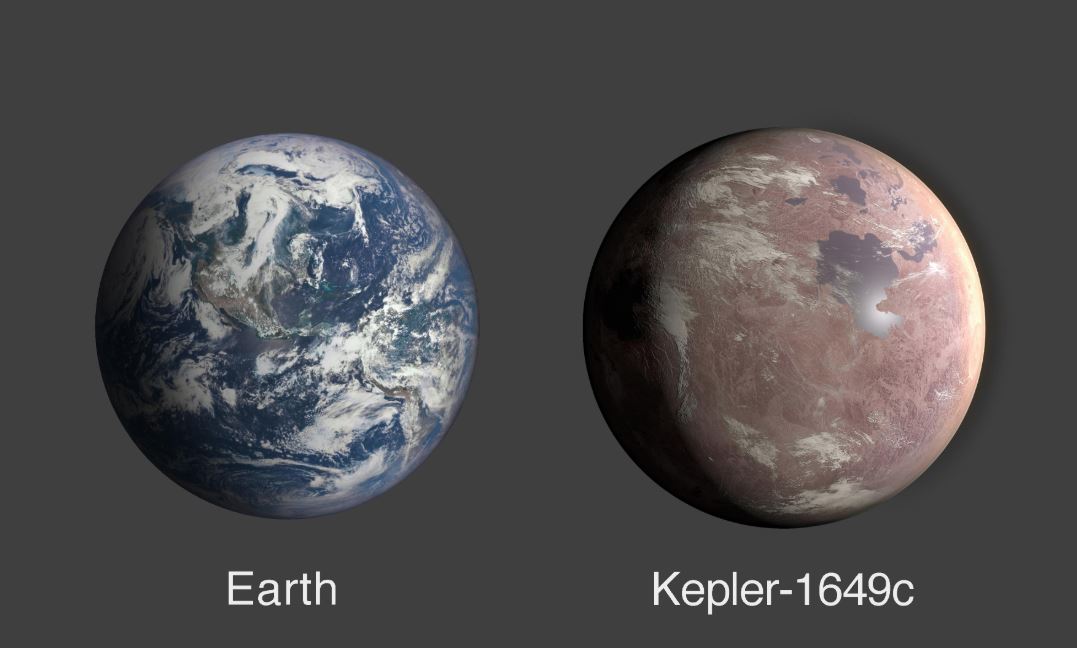
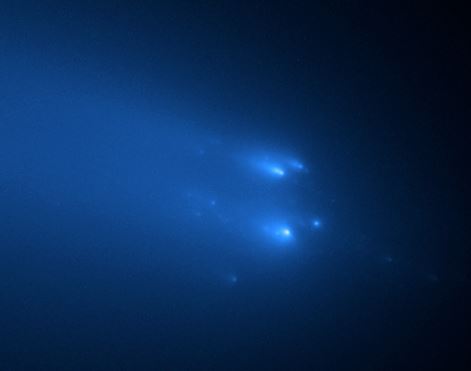
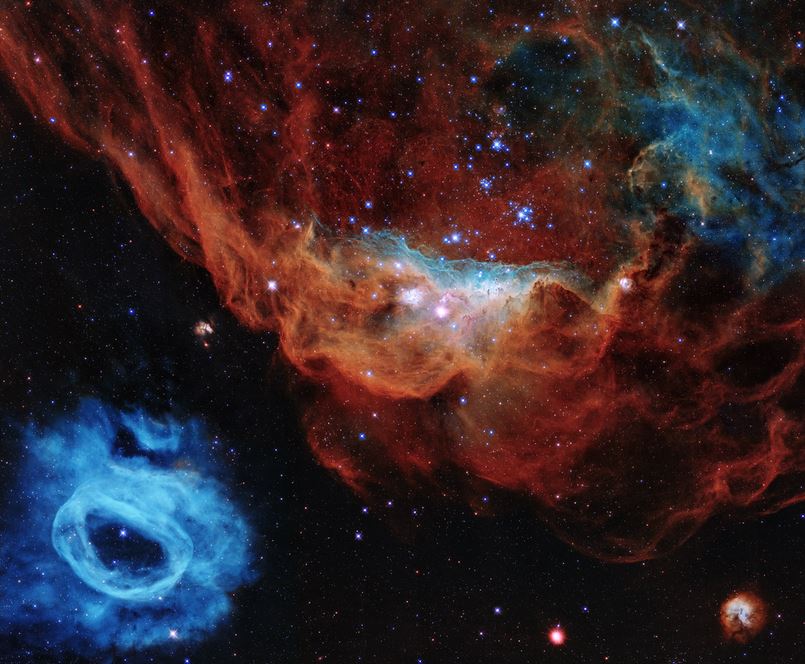
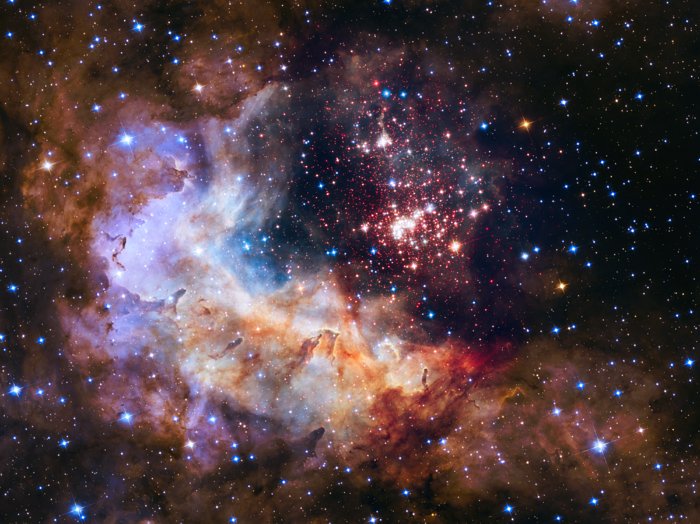
Recent Comments